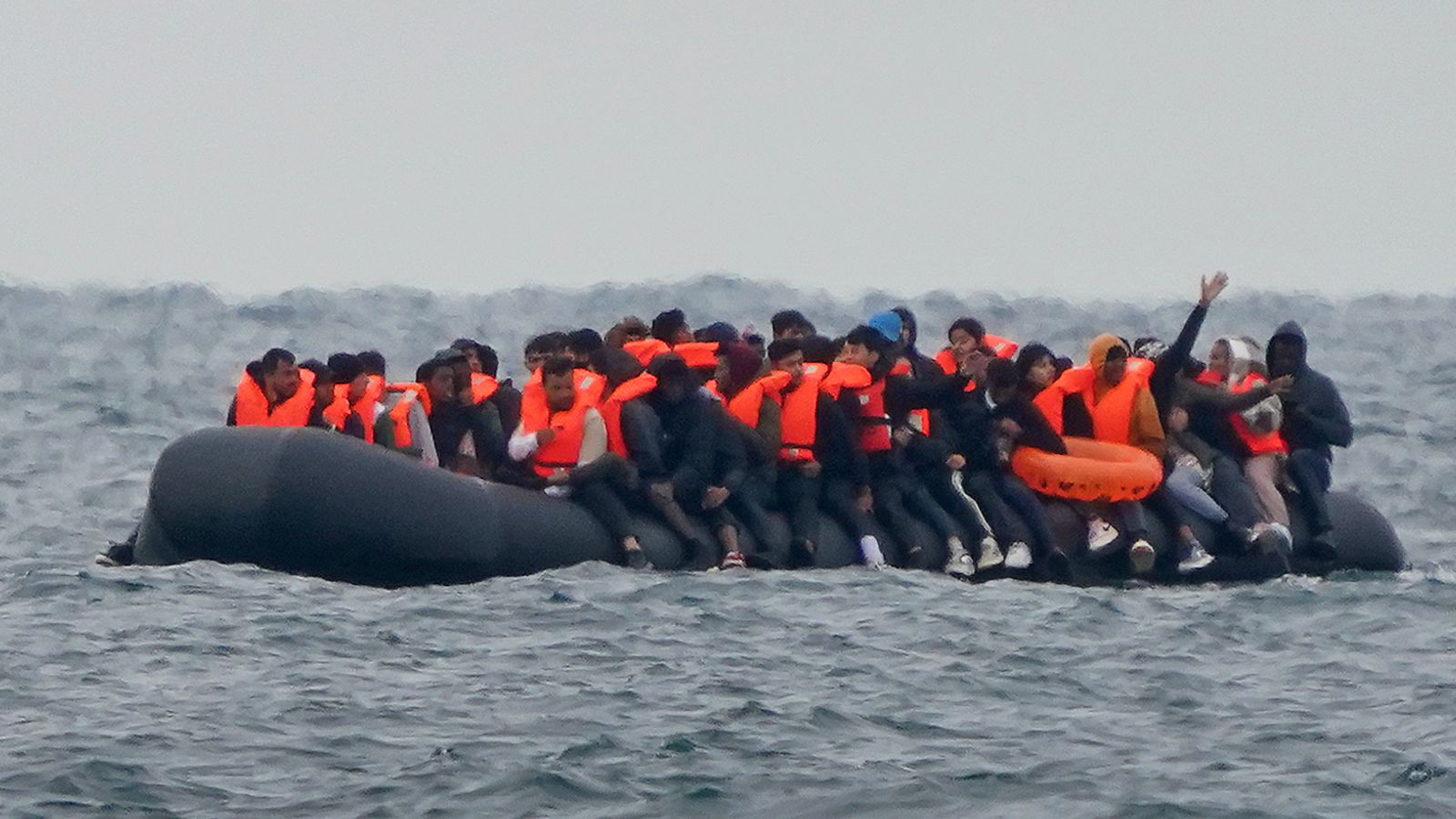Nato boosts air defences after Russia’s drone incursion
Western officials are open to the idea that the Russian drone incursion on Poland was accidental
Nato is launching a new operation to protect eastern Europe after Russian drones entered Polish airspace this week.
Up to 24 drones were detected in the incursion overnight on Tuesday, some armed with explosives, while othere were decoys, Western officials believe.
Nato jets were scrambled to shoot down the drones – thought to be the first shots by the alliance since Russia’s full-scale invasion of Ukraine in February 2022.
An emergency meeting was triggered between members at the alliance’s Brussels headquarters for only the eighth time in its history, as Polish Prime Minister Donald Tusk said it was the closest his country had come to direct conflict since the Second World War.

On Friday, Nato general secretary Mark Rutte announced the launch of operation Eastern Sentry in the coming days.
The operation, which will last an “undisclosed amount of time”, is intended to strengthen air defences on the alliance’s eastern flank.
The UK’s contribution is not yet clear, but it has “expressed its willingness to support”, Nato said.
“The violation of Poland’s airspace earlier this week is not an isolated incident and impacts more than just Poland,” said General Alexus G. Grynkewich, Supreme Allied Commander Europe.
“While a full assessment of the incident is ongoing, Nato is not waiting, we are acting.”
Only handful of drones shot down over Poland
Western officials are still unclear on the motive behind the incursion, and are considering the possibility that this was an accident.
Insiders said they felt a version of events posed by Belarus – in which the drones diverted accidentally by electromagnetic warfare activity such as jamming, where the signal controlling the drones is blocked and its navigation systems fail – was a “reasonable synopsis”.
But Dr Thomas Withington, a fellow at defence thinktank RUSI, said he wasn’t convinced, explaining that electromagnetic jamming by Poland or Ukraine would have been directed away from their airspace, not towards it.
Up to four of the drones which entered Polish airspace were shot down by Nato air defences, Tusk said, though Western officials said the number was still being established.
The low number of drones taken out by Nato triggered some alarm in defence circles, but Western officials said that some drones “dropped out of the sky” and others were allowed to land naturally because they were not heading to targets.

Nato officials involved with the response are pleased with its performance, those close to the discussions said.
Withington said that the Nato response appeared to have been “textbook.”
“There was a small proportion of the drones shot down and a lot that were not. The reason for that is probably that the kinetic air defence response would have been done at drones presumed to present an immediate threat to life or property, similar to how the Israeli iron dome works,” he said.
Intelligence firm Janes said that Nato “destroyed all of the incoming drones that were deemed to pose a threat”.
“Although there are always lessons to learn from any engagement, it is fair to say that Nato’s defences performed to expectations.
“Russia’s drones are designed to be as cheap as possible and overwhelm defences by presenting a complicated air picture of multiple threats. Those drones are not hard to destroy, but the asymmetric economy of destroying them all doesn’t stack up if there is no imminent threat to friendly forces or life on the ground. “
UK will participate in new mission – but not clear how
The UK has remained tight lipped on the contribution it will make to Nato’s new operation.
The UK currently has around 300 troops in Poland, while its largest overseas presence is in Estonia.
Denmark, meanwhile, said it will contribute two F-16s and an anti-air warfare frigate, France will contribute three Rafales, and Germany will contribute four Eurofighters.
One option understood to be under consideration by the UK is to return the six Typhoon fighter jets which were stationed in Poland until around six weeks ago.

Another is to send increased air defences to eastern Europe as part of Sky Sabre, a system capable of intercepting cruise missiles, aircraft and drones which the Ministry of Defence says can “hit a tennis-ball sized object travelling twice the speed of sound”.
The UK recently purchased six new surface-to-air Land Ceptor missile systems as part of this, and insiders indicated some of these could be sent to Poland.
Another former official suggested that the UK could increase its surveillance and intelligence gathering to support the eastern flank.
British industry is also playing its part to bolster eastern European defences, with UK defence giant BAE Systems today announcing a contract with the Polish Government to set up a new factory for 155m munitions, which will help take Polish production to up to 180,000 shells per year.



